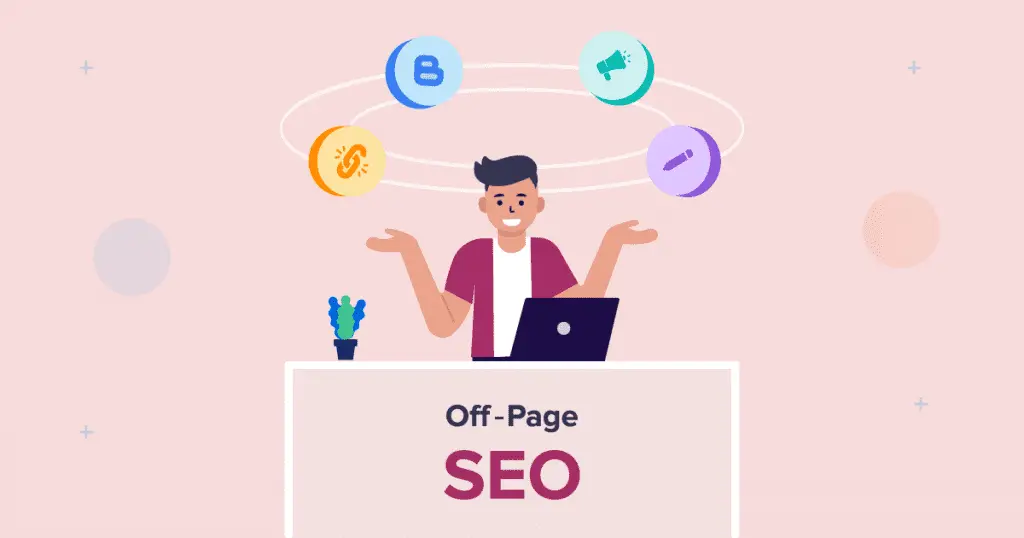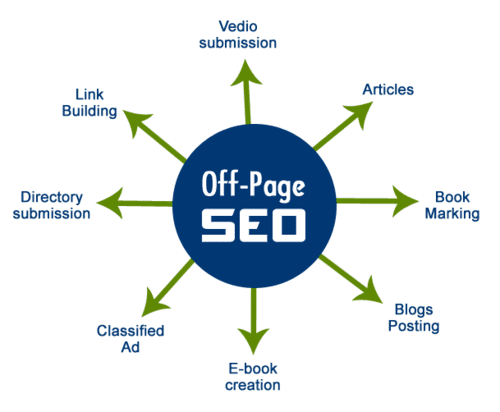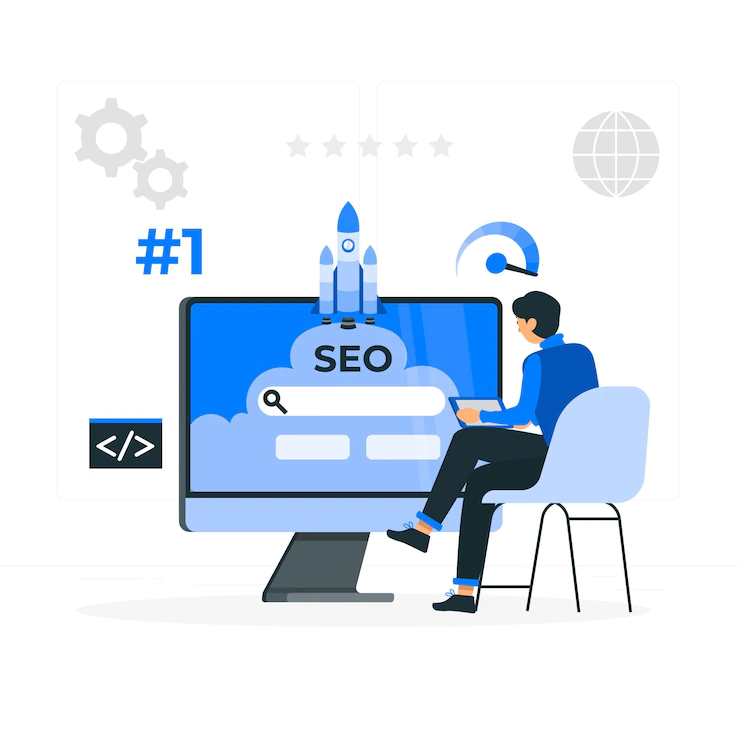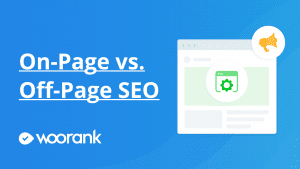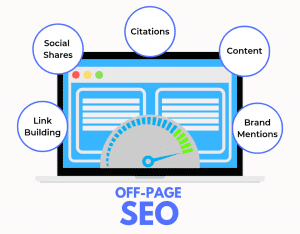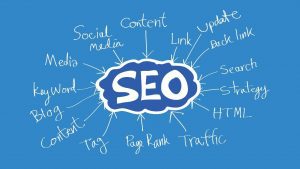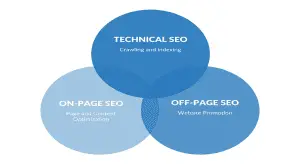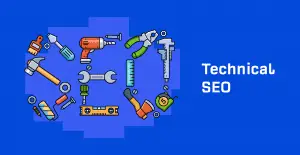The Difference Between Competitive Analysis And Competitive Intelligence
So, you’re a business person now. Good! As an entrepreneur, are there some times you feel like all you do to catch up with the latest business trends, are futile? You wonder what it is that you are not doing right; I mean, you have tried everything you think is best, but something is just not clicking. It is sometimes like that with almost every business like yours.
Testing on different solutions to catch up with industry trends sounds nice, but doing that blindly, sounds pretty dumb. And that brings us to our discussion today; Competitive Analysis.
In this article, we will touch on the definition of Competitive Analysis, Competitive Intelligence, the benefits of performing competitive analysis, and competitive intelligence, the difference between competitive analysis, and competitive intelligence, how to perform competitive analysis.
Let us go for the ride!
What Is Competitive Analysis?
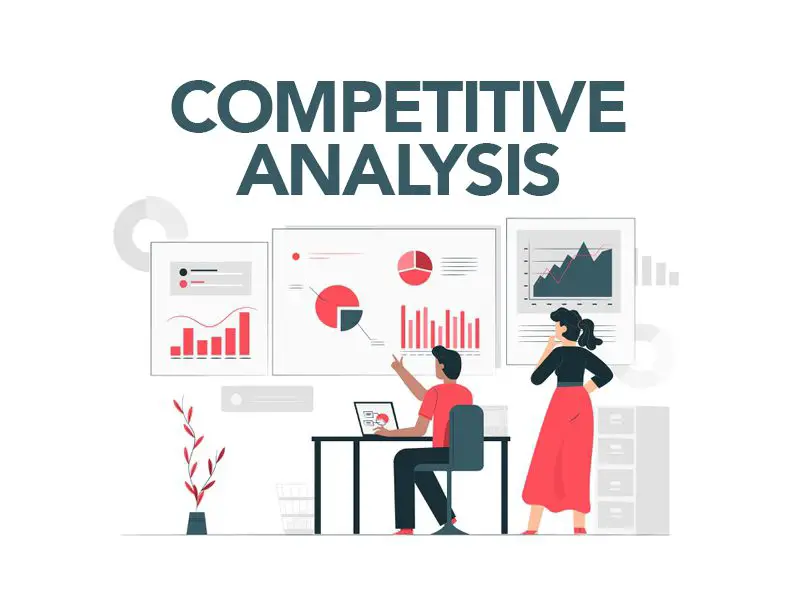

Competitive analysis or research, is simply identifying your competitors in your industry, examining their strengths and weaknesses as it relates business, and comparing results with your own business, to get an idea of what is going on around you, and how to leverage your findings.
Competitive research is a very important part of a business, that no one mindful of his business growth should overlook. It is very wise to keep an eye on the competition around you.
It is true that when you do not regularly compare your marketing strategies with that of your competitors, you may lose out on great opportunities, current trends, and to them. You may even have competitors that you have no knowledge about, and they may outrun you in the race of business. And that is why competitive analysis is a crucial part of any marketing plan.
Performing competitive analysis gives you an edge over your competitors, and helps you understand your position in the market. When you understand your position, you can then device means to improve your marketing, and increase your progress in the business. There are many advantages of competitive research, and you would not want to miss out on them.
What Is Competitive Intelligence?


Competitive intelligence is the action of understanding and gathering of knowledge or intelligence about a business (or product), its competitors, customers, and environment, for effective and strategic decision making, as it relates the progress of that business.
It also involves learning about the environment outside of the business, to get more knowledge of the competitiveness around the business, as it focuses on the external environment of the business. For this, one has to learn so much in little time, for quicker actions.
Although some people think it is an illegal action, competitive intelligence (or CI) is legal, depending on the approach with which you make your actions.
There are processes involved in collation of information, conversion of information to intelligence, and usage of intelligence for decision making.
CI aims at identifying risks and opportunities in a market, early before they become obvious.
Competitive intelligence is more than just analyzing competitors of a business; it analyzes the entire environment and stakeholders, that is, customers, competitors, distributors, technologies, and economic data. It is also a tool for decision making.
Benefits Of Performing Competitive Analysis
As I said earlier, there are advantages that come with keeping an eye on the competition around your market. I do not even think there is a downside to competitive analysis, because all you’re doing, is getting more information to aid your marketing strategies.
Let us take a look at some of the advantages here.
- You are able to understand and predict trends in the market.
- You get to understand why your competitors are progressing, and makes for improvement in your strategy.
- You also see where your competitors are faulting, and you are able to take advantage of their weaknesses.
- Competitive analysis helps you plan the future of your business. If you can predict a trend, then you can make strategic plans for the advent of that trend.
- Competitive research is also a good *SEO* strategy.
PS: The benefits of performing competitive intelligence are similar to that of competitive research. Note that the processes involved in competitive intelligence are deeper, and the results might be weightier than that of competitive research.
Here’s How To Perform Competitive Research
Competitive analysis is quite simple, a task. All you have to do, is follow a good approach to it, and use the right tools.
- Firstly, search for your product or service on the web. The first five websites that come up, are your competitors.
- Analyze your competitors’ websites. Look at the type of content they are giving out. Are the pages on the sites optimized? How are they marketing their products? Overall, just take notes of their strengths and weaknesses, and see how you can improve your marketing plans, or outperform them.
- You can also track their use of keywords. Which keywords do they rank highly for? You can also check Google trends, to know which keyword would rank highly, in the future.
- This may seem like spying, but you can sign up on their newsletters, to see how they interact with customers.
- Keep an eye on their social presence. How well do they interact with their customers on different social platforms? Use the information to your advantage.
- Gather enough information, and track your findings by taking records. This can help you measure how much work you need to do.
This is not an exhaustive list, and may be different from how you approach competitive analysis, so if you have other ways you can go about it, that will be beautiful.
Some Tools For Competitive Research


Now, we know what competitive research is, advantages of performing competitive research, and some ways we can perform competitive research. I will be listing some tools one can use to perform competitive research below;
- SEMrush
- MozBar
- BuzzSumo
- Ahrefs
- SimilarWeb
- Alexa
- SpyFu
- Serpstat
These tools do not only aid your competitive research, but help you generally with your site’s SEO. They may have subscriptions too.
I would not want to go into much detail about them, but they are great for performing competitive analysis, and if you also want them for SEO, that’s an addition for you.
Are there other tools you know? I’d be glad to know!
How Is Competitive Analysis Different From Competitive Intelligence?
It is simple! This should not waste our time at all.
Yes, from their definitions, they seem so similar, that you would have convinced yourself that there are no differences. While they may be similar, competitive analysis is different from competitive intelligence. How’s that?
- While competitive analysis focuses on catching up with industry trends within a particular market, competitive intelligence has its focus on the external environment, outside of a market, to get knowledge from a different standpoint. Competitive intelligence studies the competitors within the market space, and outside of the market.
- Unlike competitive intelligence that has to do with rigorous collation and analysis of data, competitive analysis is just as simple as searching the web, and arranging findings on spreadsheets (that is, if of course you want to.)
- Competitive research is sometimes mistaken for competitive intelligence, but competitive research is just a part of competitive intelligence. The latter covers a whole, which consists other analyses, and intelligence.
There, those are some differences. Are there other differences you noticed? I’d love to know. Do you think they are not different at all? I’d love to know too!
I’m glad you got here. I’m glad I got here, too. It’s been a long read, huh? This is where we draw the curtains.
Till we meet, to read again.




